US Route 30 Canadian National Railroad Grade Separation
Higher train volumes, significant increases in traffic congestion, and safety concerns led the Illinois Department of Transportation to seek improvements at US Route 30 and the Canadian National railroad tracks. We conducted Phase I preliminary engineering and Phase II design engineering services for this project’s needs, which included provisions for a proposed grade separation. Our efforts included an analysis of various overpass and underpass grade separation alternatives and several centerline alternative alignments. In addition to a new highway bridge spanning the CN’s tracks, improvements included new retaining walls, roadway reconstruction, a new frontage road system, and capacity enhancements at the US Route 30/Sauk Trail intersection. By addressing these key challenges and additional constraints such as an accelerated schedule and extensive stakeholder coordination, this project received an ACEC-IL Engineering Excellence Merit Award.
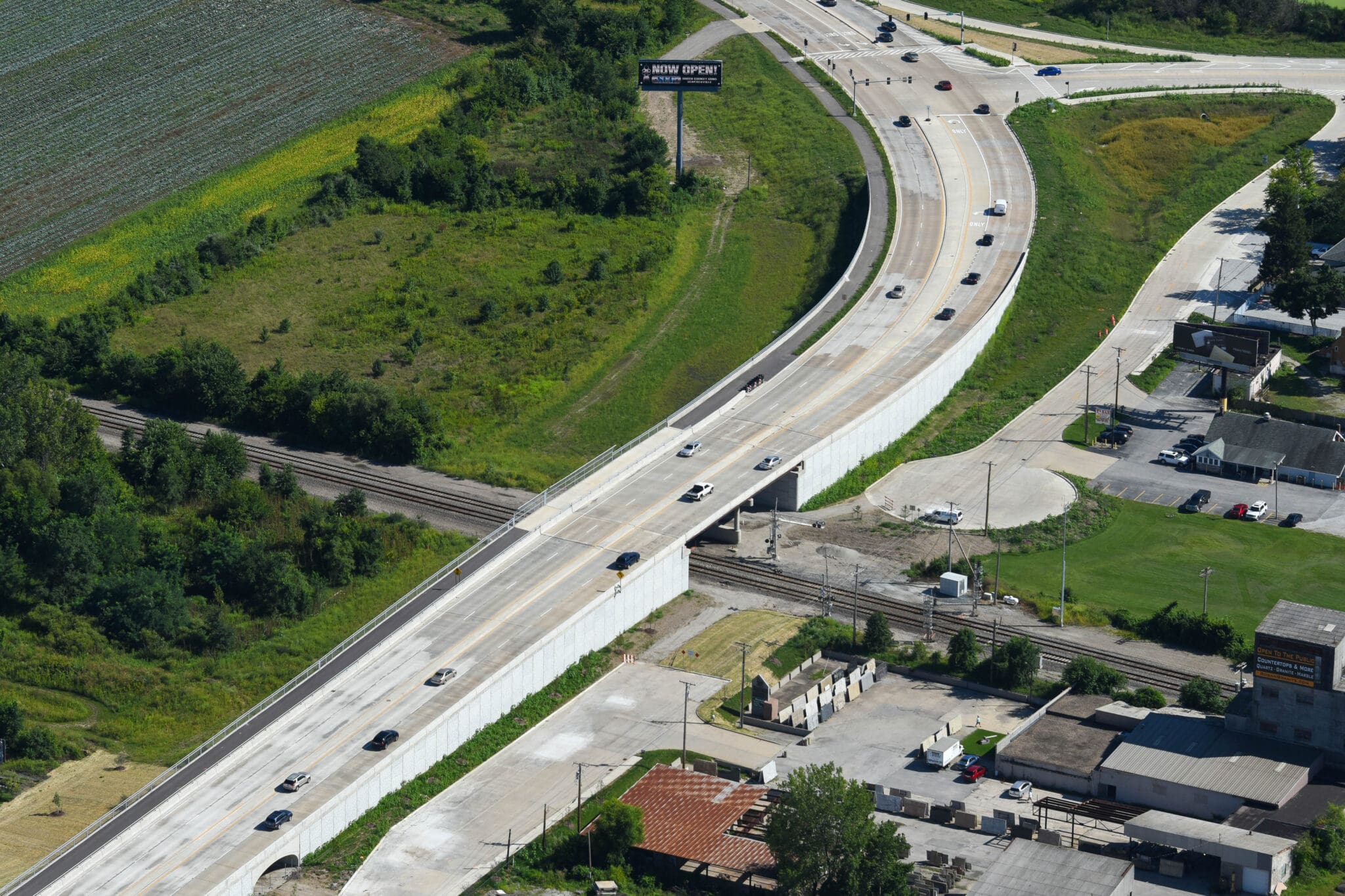
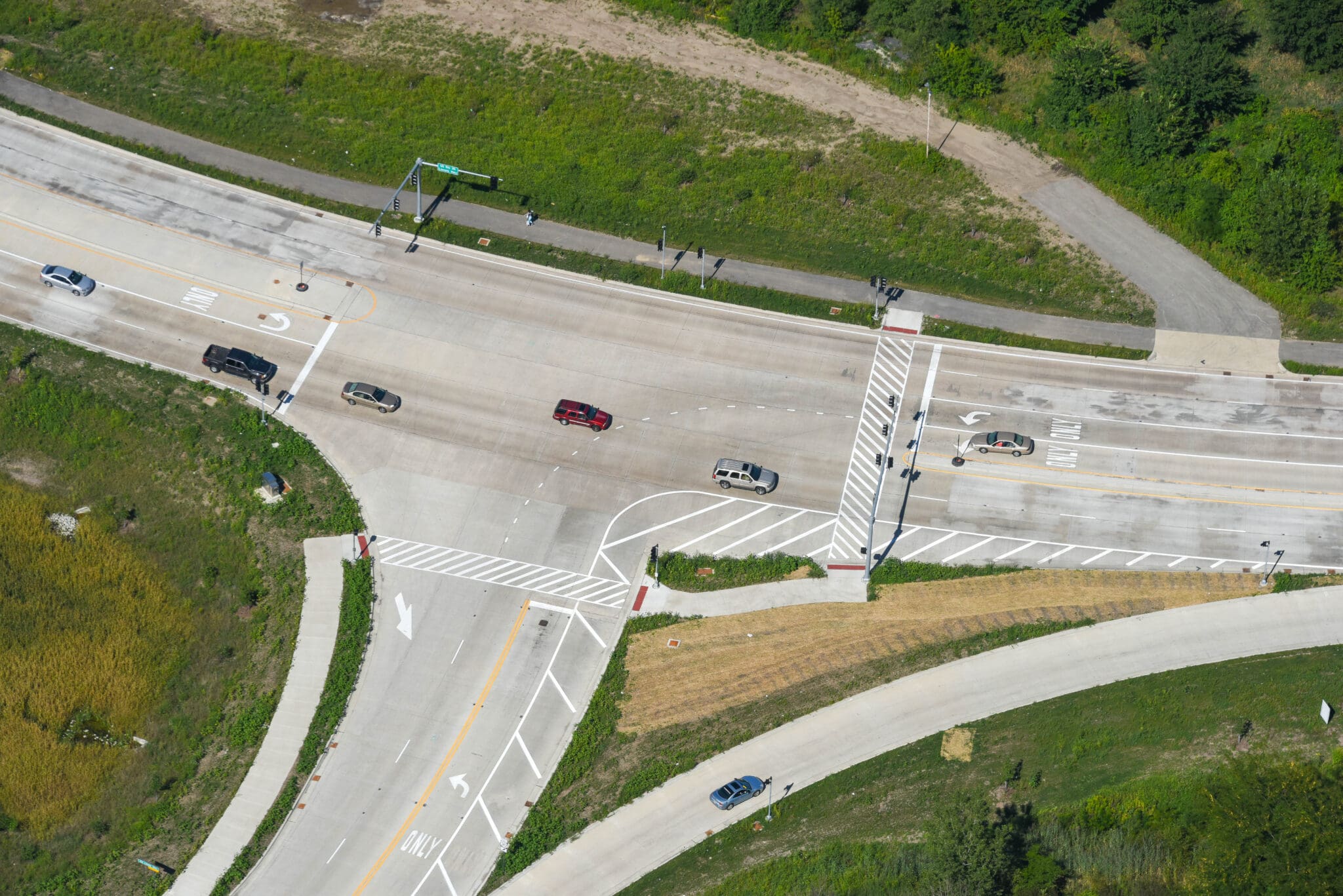
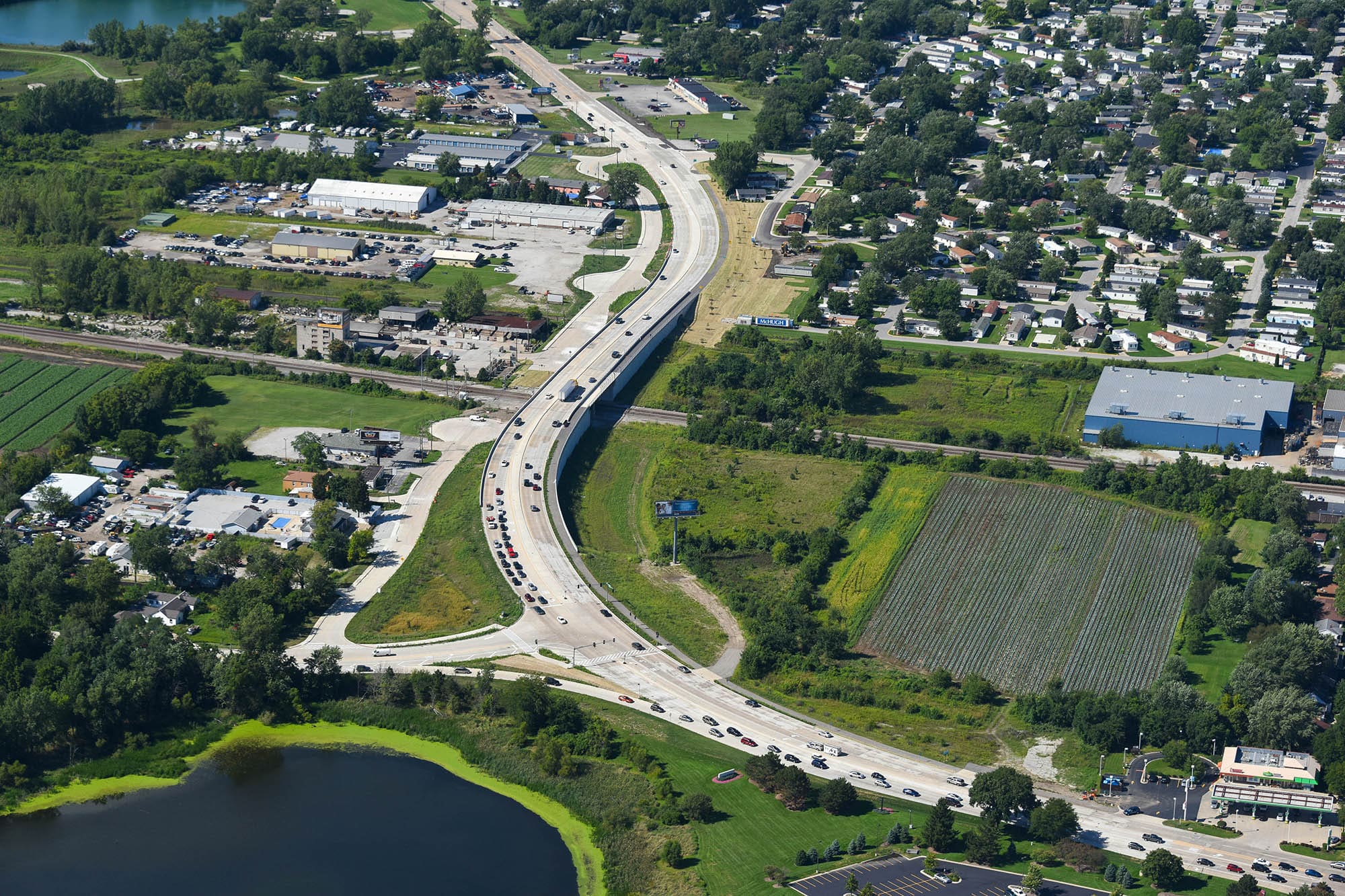
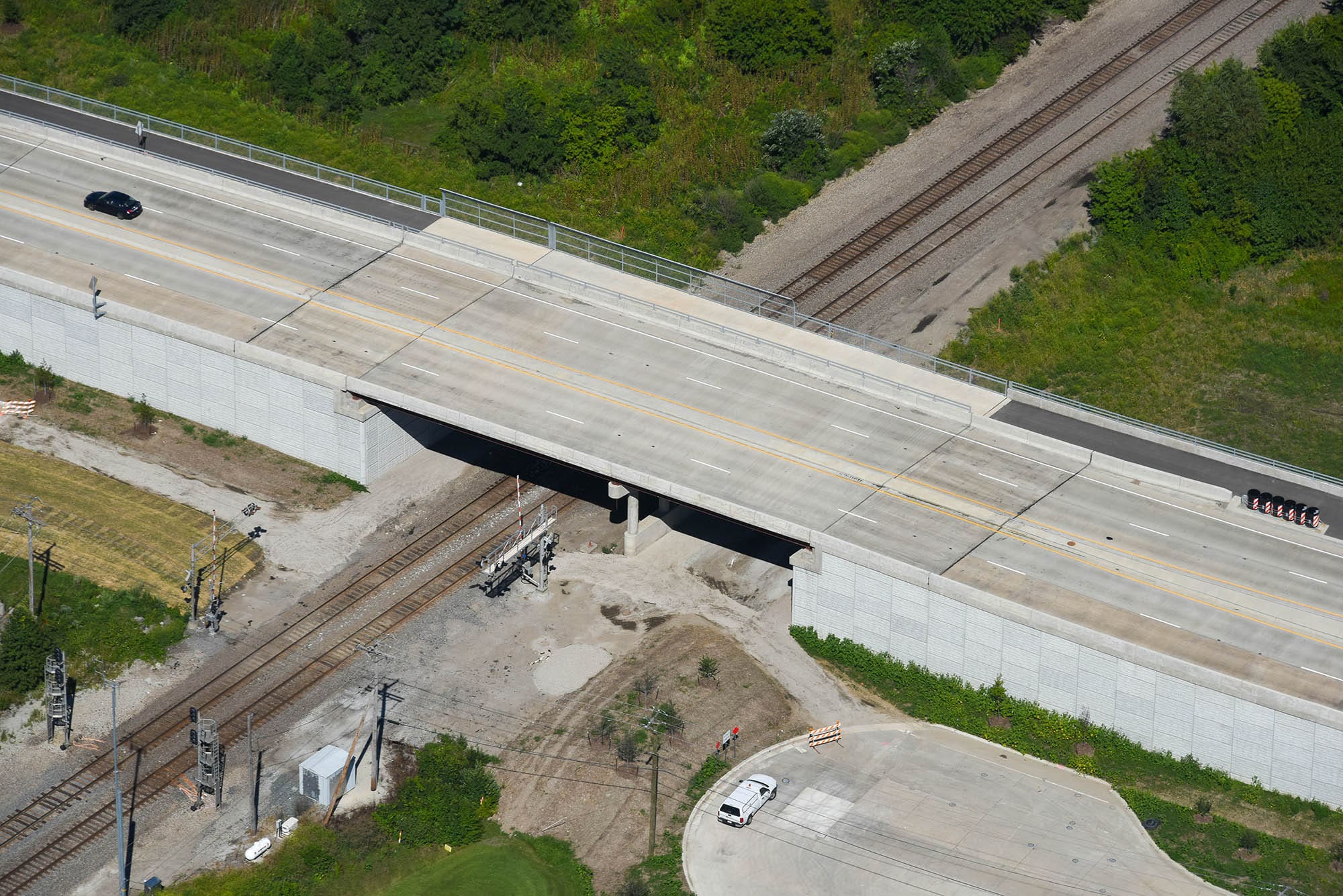
Additional Info
Project Highlights:
- The project included an analysis of several centerline alternative alignments for US Route 30 as well as various roadway and railroad overpass and underpass grade separation alternatives.
- The Phase I process included preparing a Group II categorical exclusion project report, intersection design study, bridge type study, location drainage study, pump station hydraulic report and traffic management plan. The preferred alternative detailed in the project report proposed a US Route 30 overpass (with track elevations maintained) and the roadway centerline shifted 64 feet to the east to facilitate construction of the new overpass and to accommodate a new frontage road system.
- In addition to a new bridge spanning the CNRR’s tracks, the proposed improvements included 3,500 feet of roadway reconstruction, 2,300 feet of MSE retaining walls, a 36-foot, three-sided precast culvert for oil pipeline access and a future bike trail (in the abandoned Norfolk Southern right-of-way) additional turn lanes at the intersection of US Route 30 with Sauk Trail, traffic signal modernization, a 10-foot-wide multi-use path, frontage roads on either side of the overpass, utility coordination and various aesthetic enhancements.
- Key project challenges included conducting the Phase I process on an accelerated 18-month schedule to meet funding requirements, coordinating with the Canadian National and Norfolk Southern Railroads, and coordinating with the Town of Dyer, Indiana, and INDOT.
- An extensive public involvement program was conducted following context sensitive solutions principles. This program included preparing a stakeholder involvement plan, community context audit report, two public meetings, a public hearing, three community advisory group meetings, six project study group meetings, newsletters, and local government official briefings.
- The project was funded by the state and the CNRR.
Related Projects
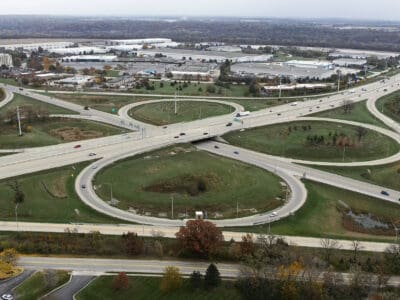
Jane Addams Memorial Tollway (I-90) Reconstruction
As part of the Illinois Tollway’s $1.6 billion reconstruction of the I-90 East Corridor from the Elgin Toll Plaza to the Kennedy Expressway, our team …
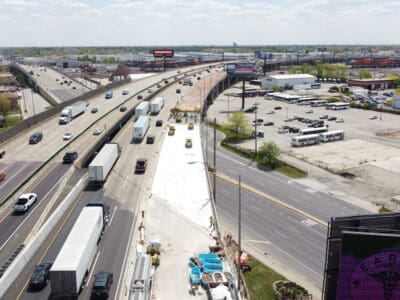
Tri-State Tollway (I-294) Widening & Rehabilitation
Our team was the lead design firm of the Illinois Tollway’s $4 billion improvement of the Central Tri-State Tollway (I-294), an ambitious project …
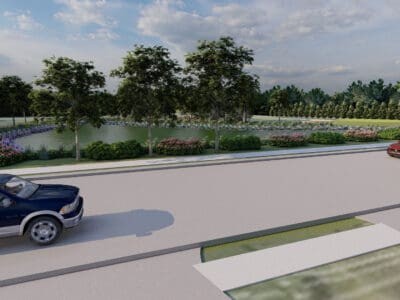
Hainesville Road Improvements
The 1.5-mile-long section of Hainesville Road from Washington Street to Rollins Road in Lake County, IL currently experiences mobility and operational …
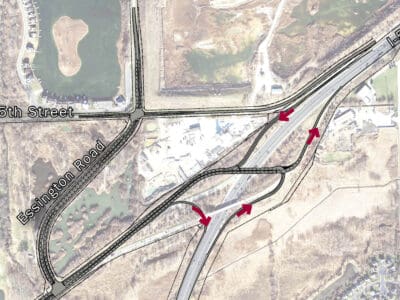
Airport Road & IL Route 126 Stevenson Expressway (I-55) Interchange Phase I
The six-mile stretch of the Stevenson Expressway (I-55) between US Route 30 and Weber Road only had one interchange, consisting of a northbound …
